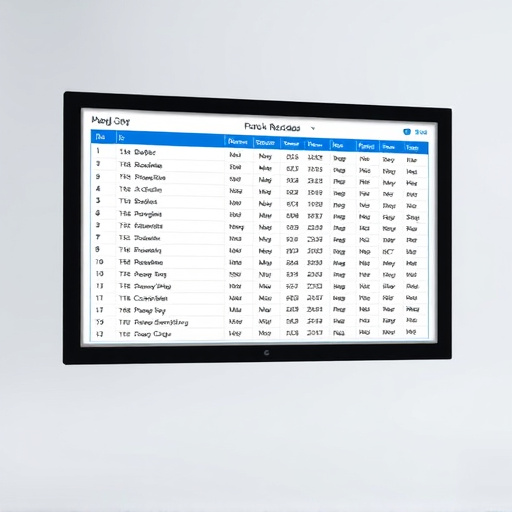California's Air Resources Board (CARB) mandates smog checks to reduce air pollution, with a key focus on using CARB-compliant air intakes. These intakes meet stringent environmental standards, promote efficient combustion, and reduce harmful exhaust emissions. To comply, use certified CARB parts, regularly maintain air filters, stay updated on regulations, and consider modern intake designs. Regular inspections ensure legal and efficient vehicle operation in California.
In California, the California Air Resources Board (CARB) sets stringent emission standards to combat smog and improve air quality. A key aspect of these regulations is the requirement for cars to pass smog checks. This article delves into CARB’s rules and the critical role of air intakes in emission control. We explore strategies to ensure your vehicle meets CARB-compliant standards, focusing on the importance of proper air intake maintenance and upgrades for optimal performance and environmental protection.
- Understanding CARB Regulations and Smog Checks in California
- The Role of Air Intakes in Emission Control
- Strategies for Ensuring Your Car Meets CARB-Compliant Standards
Understanding CARB Regulations and Smog Checks in California

In California, the California Air Resources Board (CARB) sets and enforces regulations aimed at reducing air pollution, including emissions from vehicles. As part of these efforts, smog checks are mandatory for all vehicles to ensure they meet specific emission standards. These inspections are designed to identify and rectify any issues with a vehicle’s exhaust system or other components that could lead to excessive pollution. One crucial aspect of CARB compliance is using CARB-compliant air intakes. These specialized intakes are engineered to meet the stringent environmental standards set by CARB, helping vehicles maintain efficient and clean performance during operation.
The process of smog checking involves a series of tests that analyze a vehicle’s emissions under various driving conditions. During these checks, mechanics inspect for leaks, check engine performance, and assess the overall health of the exhaust system. By adhering to CARB regulations, California drivers not only contribute to cleaner air but also ensure their vehicles are safe and reliable. Using approved CARB-compliant air intakes is a significant step in this process, as it directly impacts a vehicle’s ability to pass smog tests and maintain optimal performance while minimizing environmental impact.
The Role of Air Intakes in Emission Control

Air intakes play a critical role in emission control, particularly in vehicles designed to meet CARB-compliant standards in California. These components are responsible for drawing in fresh air and delivering it to the engine, where it’s mixed with fuel for combustion. By ensuring clean and optimal airflow, air intakes help reduce harmful emissions from exhaust gases. In California, where stringent environmental regulations are enforced, using CARB-compliant air intakes is essential for maintaining vehicle performance while meeting emission control targets.
Modern air intake systems are designed to maximize efficiency while minimizing the impact on engine performance. They often incorporate advanced technologies like filters that trap pollutants, ensuring only clean air enters the engine. This not only contributes to cleaner emissions but also enhances overall engine health by protecting it from particulate matter and other contaminants present in the air.
Strategies for Ensuring Your Car Meets CARB-Compliant Standards

To ensure your car meets CARB-compliant standards, especially in terms of air intakes, it’s crucial to employ several strategies. First, invest in high-quality, certified CARB parts for your vehicle’s intake system. These parts are designed and tested to meet California’s strict emission regulations. Regularly maintaining your air filter is another vital step; a clean filter allows optimal airflow while preventing harmful pollutants from entering the engine.
Additionally, consider modifying your car’s intake design if it’s outdated or inefficient. Modern CARB-compliant intakes often incorporate advanced filtration systems and optimized flow paths to enhance engine performance while reducing emissions. Lastly, stay informed about any updates or changes in CARB regulations, as these can impact what components are considered compliant. Regularly inspecting and updating your car’s intake system will help keep it running efficiently and within legal standards.
In California, CARB regulations play a vital role in maintaining clean air and ensuring vehicles meet stringent emission standards. Understanding the importance of air intakes in emission control is crucial for every vehicle owner. By implementing effective strategies to keep your car’s air intakes free from contaminants and adhering to CARB-compliant standards, you contribute to a healthier environment and avoid potential fines. Regular maintenance and awareness are key to navigating these regulations successfully.














